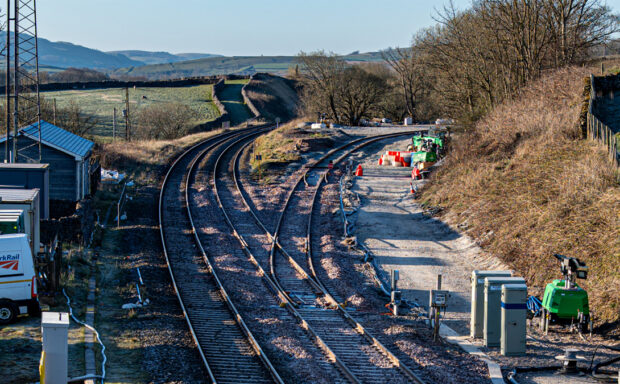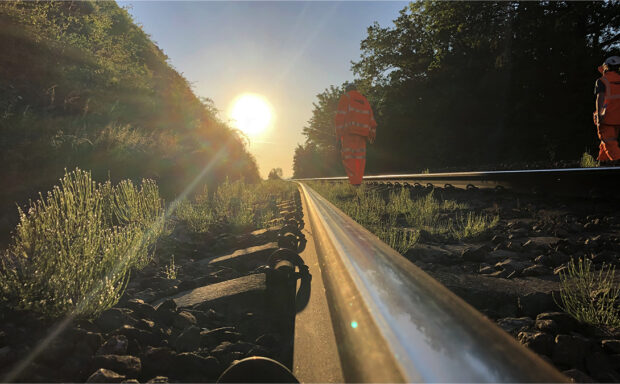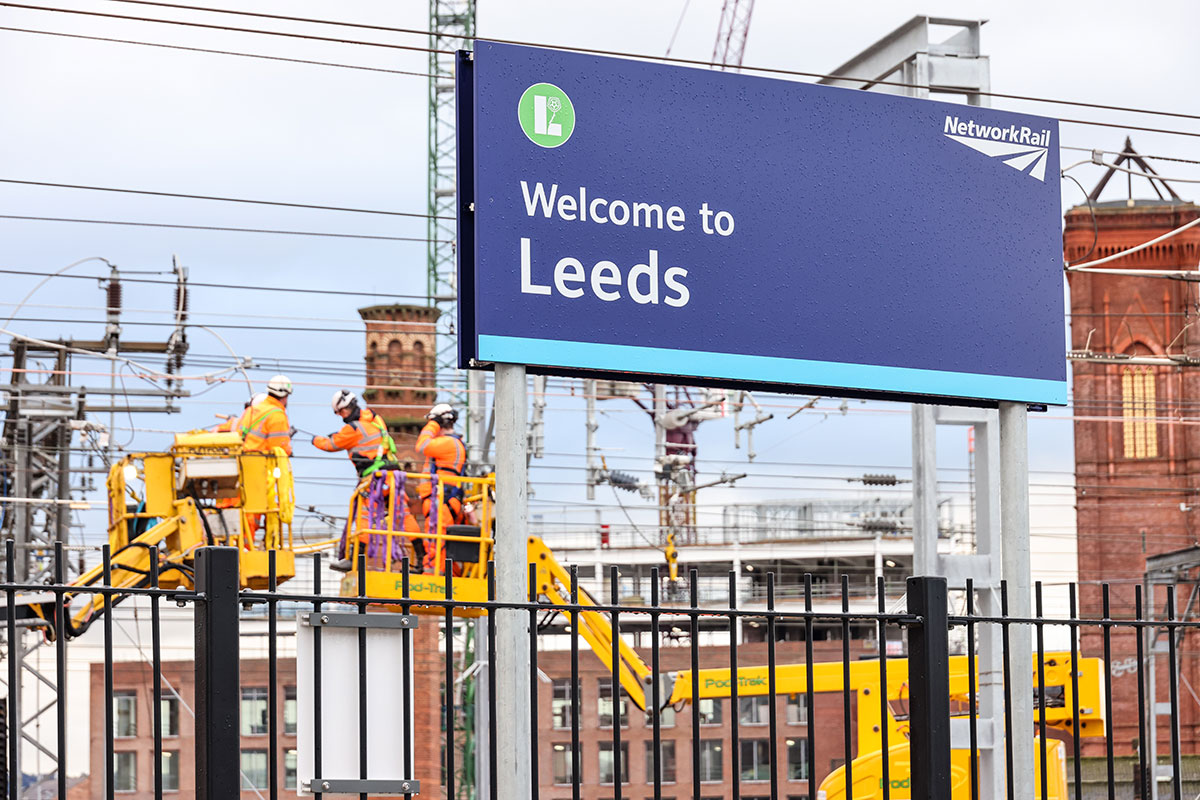Scientists are using cutting-edge technology as part of our ambitious plan to improve sustainability near the railway.
We have a huge responsibility to look after the land around Britain’s railway. In fact, we own and manage 53,000 hectares of land, including 200 Sites of Special Scientific Interest (SSSIs).
The UK Centre for Ecology & Hydrology (UKCEH), a centre for excellence in environmental science across water, land and air, is an important part of our latest efforts to help biodiversity. It’s used images from satellites and aircraft to produce a detailed national map of all the habitats found alongside the railway.
They contain priority wildlife habitats including lowland heath lands, wetlands and coastal sand dunes. The railway is also home to a large number of rare and threatened species.
UKCEH has combined its information with millions of records of species to predict what animals and plants are likely to live in habitats near the railway.
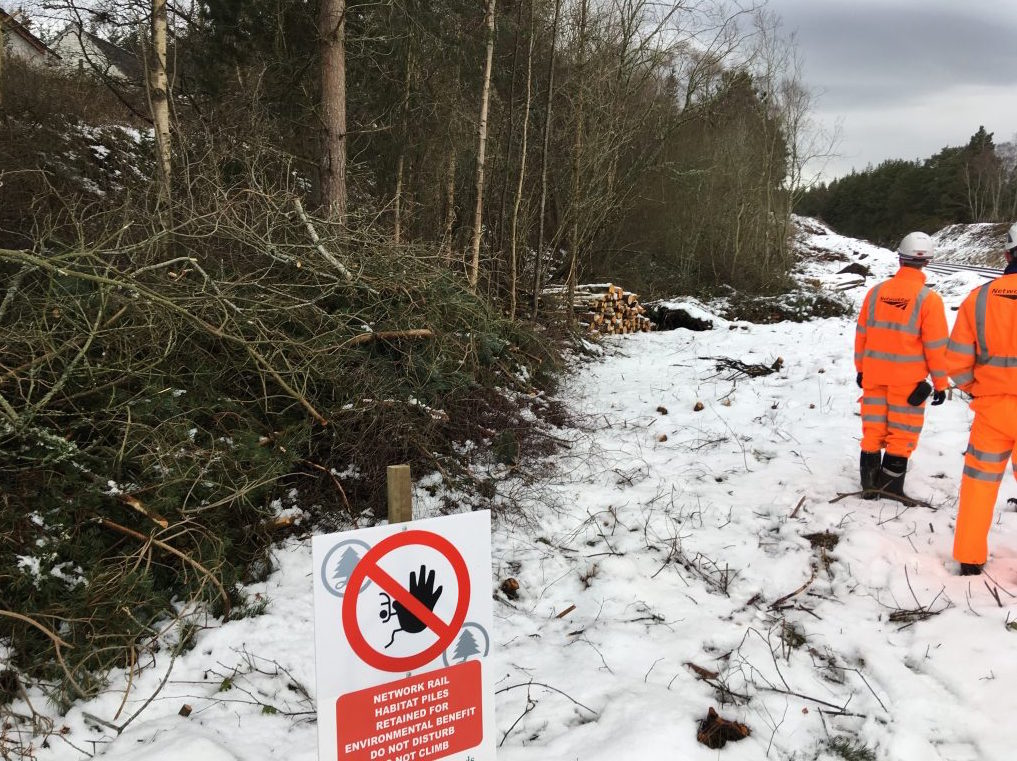
The data will ensure our workers and contractors are aware of the possible presence of rare species when carrying out vegetation management. It will also inform our conservation measures to increase biodiversity and provide a baseline for monitoring future trends in biodiversity.
Biodiversity targets
The initiative is part of our Biodiversity Action Plan – drawn up in collaboration with UKCEH scientists – which is an important step in achieving a sustainably managed environment near the railway.
Since the 1960s, there have been large changes in vegetation associated with the railway, which have resulted in the loss of bio-diverse, flower-rich habitats. We have committed in our plan to end net loss in biodiversity on its land by 2024 and achieve a net gain by 2035.
Watch this film about how we look after the wildlife at SSSI Folkestone Warren:
Professor Richard Pywell of UKCEH, which used the latest detailed satellite data and its expertise in land cover mapping to identify habitats near the railway, said: “Using high-resolution satellite and aircraft imagery enables us to map habitats across the rail network in a safe, quick and cost-effective way. “We have been able to identify likely biodiversity ‘hotspots’ and understand more about the role of the railway in connecting wildlife across landscapes.”
“We have been able to identify likely biodiversity ‘hotspots’ and understand more about the role of the railway in connecting wildlife across landscapes.”
Martin Frobisher, safety, technical and engineering director at Network Rail, said: “Measuring biodiversity is very complicated and it’s especially tricky for a large organisation such as Network Rail, which manages a vast land estate spread throughout the country. This is a real breakthrough and this technology enables us to measure and monitor the progress we are making.”
Chris Heaton Harris, Rail Minister, said: “This high-tech approach will help the rail industry do even more to preserve the unique and picturesque habitats found alongside our rail network.
“By protecting biodiversity hotspots and rare species, the use of science and satellites is making the railway an even greener way to travel.”
What are we doing?
The Biodiversity Action Plan contains examples of best practice management for biodiversity across the railway, including alternatives to tree felling, such as crown reduction, pollarding and coppicing of large trees.
- The plan pledges to not just replace ecologically important vegetation that we have to remove to maintain safety and services, but to create habitats to increase connectivity between existing habitats.
- Rail workers will be able to identify suitable areas where they could create species-rich grassland or plant new trees and hedgerow that support wildlife. They will do this by using UKCEH’s new web-based tool.
- There will be regular analysis of satellite and aircraft imagery to detect changes in habitat composition across the railway, as well as targeted ground surveys where there are likely to be rare species.
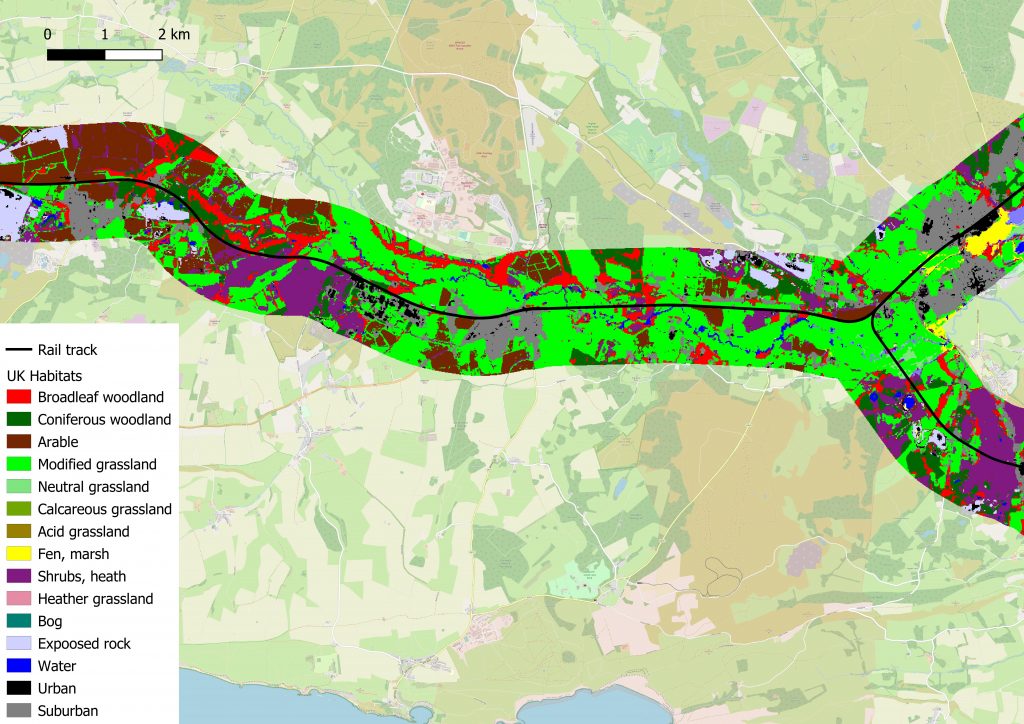
- We will publish annual ‘state of nature’ reports to review the state of biodiversity around the railway.
- Meanwhile, artificial intelligence will help tackle invasive species such as Japanese knotweed – which poses a serious threat to biodiversity and rail infrastructure – as well as serious plant diseases including Ash Dieback.
- UKCEH and Birmingham-based technology firm Keen AI are developing computer software to automatically identify plant species near the railway, based on images from on-train cameras rather than potentially dangerous on-site surveys. This will inform action to protect rare species and habitats and complement existing research work to manage invasive plants and diseased trees.
- UKCEH scientists will also set up autonomous camera traps and microphones, which will capture photos of pollinators and record bird song and bat calls. This will help provide further information about the species present along the railway.
Read more:
Environmental Sustainability Strategy
Six times we went green on the railway
Our commitment to helping biodiversity
Network Rail sets world-first targets to combat global warming
Network Rail launches Environmental Sustainability Strategy

